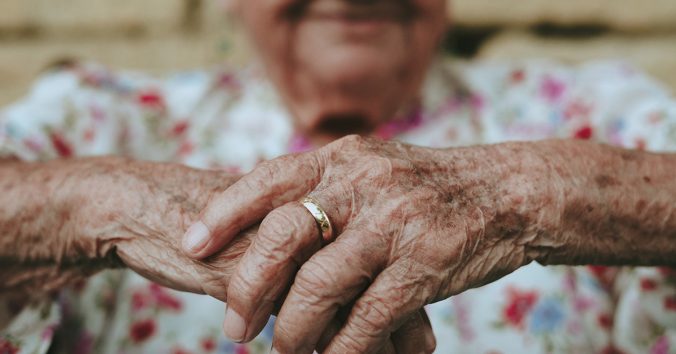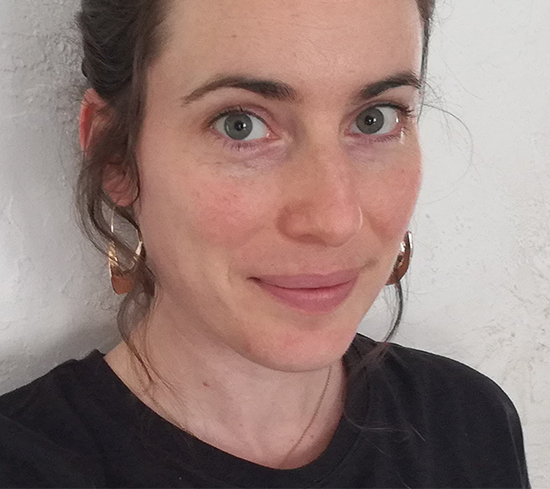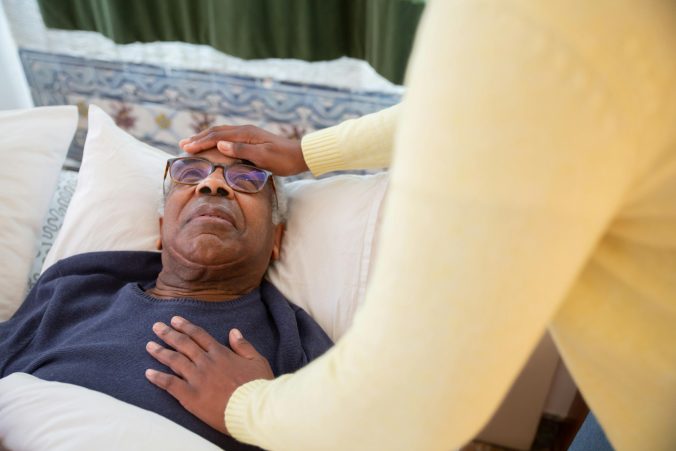Academics are often recruited as experts in committees tasked with developing guidelines for public services, such as healthcare. It is of course important that policy documents for public services are based on knowledge and understanding of the problems. At the same time, the role of an expert is far from self-evident, because the problems that need to be addressed are not purely academic and cannot be defined in the same way that researchers define their research questions. A competent academic who accepts the assignment as an expert therefore has reason to feel both confident and uncertain. It would be unfortunate otherwise. This also affects the expectations of those around them, not least the authority that commissions the experts to develop the guidelines. The expert should be given the opportunity to point out any ambiguities in the committee’s assignment and also to be uncertain about his or her role as an expert. Again, it would be unfortunate otherwise. But if the expert role is contradictory, if it contains both certainty and uncertainty, both knowledge and self-criticism, how are we to understand it?
A realistic starting point for discussing this question is an article in Politics & Policy, written by Erica Falkenström and Rebecca Selberg. They conducted an empirical case study of ethical problems related to the development of Swedish guidelines for intensive care during the COVID-19 pandemic: “National principles for prioritization in intensive care under extraordinary circumstances.” The expert group consisted of 11 men, all physicians or philosophers. The lack of diversity is obviously problematic. The professional group that most directly comes into contact with the organizational challenges in healthcare, nurses, mostly women, was not represented in the expert group. Nor did the expert group include any social scientists, who could have contributed knowledge about structural problems in Swedish healthcare even before the pandemic broke out, such as problems related to the fact that elderly care in Sweden is administered separately by the municipalities. Patients in municipal nursing homes were among the most severely affected groups during the pandemic. They were presented in the policy document as a frail group that should preferably be kept away from hospitals (where the most advanced medical care is provided), and instead be cared for on site in the nursing homes. A problematic aspect of this was that the group of elderly patients in municipal care did not have access to competent medical assessment of their individual ability to cope with intensive care, which could possibly be seen as discriminatory. This reduction in the number of patients requiring intensive care may in turn have given the regional authorities responsible for intensive care reason to claim that they had sufficient resources. Moreover, if one of the purposes of the guidelines was to reduce stress among healthcare staff, one might wonder what impact the guidelines had on the stress level of municipal employees in nursing homes.
The authors identify ethical issues concerning three aspects of the work to develop the national guidelines: regarding the starting points, regarding the content of the document, and regarding the implementation of the guidelines. They also discuss an alternative political-philosophical way of approaching the role of being an expert, which could counteract the problems described in the case study. This alternative philosophical approach, “engaged political philosophy,” is contrasted with a more conventional philosophical expert role, which according to the alternative view overemphasizes the role of philosophy. Among other things, by letting philosophical theory define the problem without paying sufficient attention to the context. Instead, more open questions should be asked. Why did the problem become a public issue right now? What are the positions and what drives people apart? By starting from such open-ended questions about the context, the politically engaged philosopher can identify values at stake, the facts of the current situation and its historical background, and possible contemporary alternatives. As well as including several different forms of relevant expertise. A broader understanding of the circumstances that created the problem can also help authorities and experts to understand when it would be better not to propose a new policy, the authors point out.
I personally think that the risk of experts overemphasizing the importance of their own forms of knowledge is possibly widespread and not unique to philosophy. An alternative approach to the role of being an expert probably requires openness to its basic contradiction: the expert both knows and does not know. No academic discipline can make exclusive claim to such self-critical awareness, although self-examination can be described as philosophical in a broad sense that takes us beyond academic boundaries.
I recommend the article in Politics & Policy as a fruitful case study for further research and reflection on challenges in the role of being an expert: Ethical Problems and the Role of Expertise in Health Policy: A Case Study of Public Policy Making in Sweden During COVID-19.

Written by…
Pär Segerdahl, Associate Professor at the Centre for Research Ethics & Bioethics and editor of the Ethics Blog.
Falkenström, E. and Selberg, R. (2025), Ethical Problems and the Role of Expertise in Health Policy: A Case Study of Public Policy Making in Sweden During COVID-19. Politics & Policy, 53: e12646. https://doi.org/10.1111/polp.12646
We recommend readings













